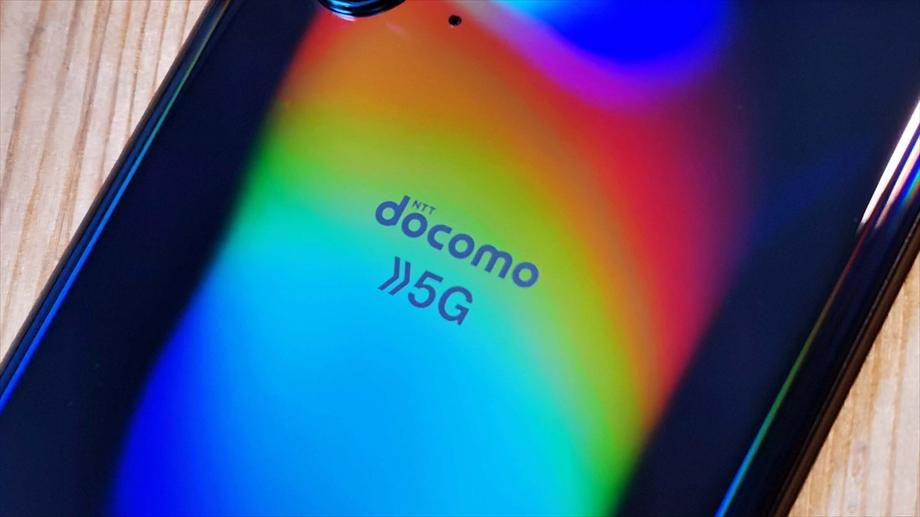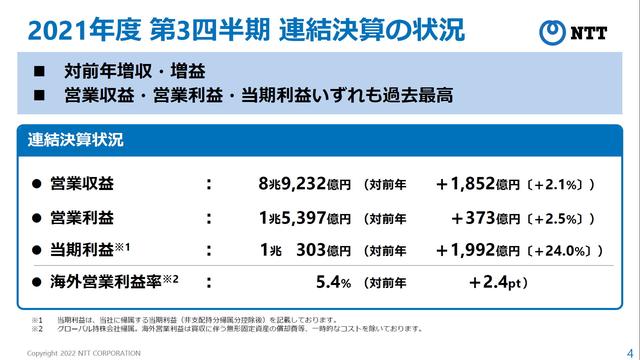How will smart work change with the new mobile communication system "5G"?
Gian Suzuki's "Gadget that makes work progress" - 37th
I tried using the released 5G smartphone
Docomo will launch au on March 25 was launched on March 26, and Softbank launched 5G commercial services on March 27, releasing compatible terminals. However, I think that only a minority of people have purchased 5G smartphones at this time, and even fewer people have actually communicated with 5G. In this article, let's explain what 5G is in the first place and how 5G is useful in the area of smart work.
Sentence / Gian Suzuki
"5G" stands for "5th Generation" and refers to the generation of mobile communication systems. For example, DoCoMo introduced "1G", which sent voice over analog radio waves in 1979, "2G", which adopted the digital method in 1993, "3G", which adopted the W-CDMA method in 2001, and adopted LTE in 2010. "3.9G", "4G" which achieved a maximum downlink of 225 Mbps in 2015 has evolved.
Briefly looking back at the history so far, it can be said that data communication became possible with 2G, and after 2G, the use has spread in various ways due to the increase in communication speed.
By changing to a digital system and dramatically improving the communication speed from the original 2.4 kbps, text mail, photo mail, web browsing, games, music, videos and mobile phone applications expanded. Original: NTT Docomo "5G (5th generation mobile communication system)"
5G features high speed, large capacity, low latency, and multiple terminal connections. Focusing on the communication speed in an easy-to-understand manner, at the start of 5G service, DOCOMO has a maximum download speed of 3.4 Gbps / maximum upload speed of 182 Mbps, au has a maximum download speed of 3.4 Gbps / maximum upload speed of 183 Mbps, and Softbank has a maximum download speed of 2.0 Gbps / maximum upload speed of 103 Mbps. (both are theoretical values). However, terminals compatible with "millimeter waves" that enable faster communication will be released from docomo and au after late May, docomo has a maximum downlink of 4.1 Gbps / maximum uplink of 480 Mbps, au has a maximum downlink of 4.1 Gbps / uplink The communication speed is scheduled to be raised to a maximum of 481 Mbps. In addition, as requirements for the future, a maximum downlink speed of 20 Gbps and an uplink speed of 10 Gbps have been established.
There are two types of 5G bands: "Sub6" and "mmWave". The bandwidth used by each carrier is different.
As mentioned above, 5G is characterized by high speed, large capacity, low latency, and multiple terminal connections. The easy-to-understand benefit of high speed and large capacity is that it enables streaming playback of high-resolution 360-degree video and multi-angle video. In the future, VR devices will have high-definition displays that give the illusion of viewing a real scene. Naturally, the amount of data for 360-degree video at that time will be enormous. With 5G, you can watch ultra-high-resolution 360-degree video wirelessly.
Low latency is achieved by shortening the minimum wireless transmission unit in the wireless section, and by installing the server closer to the base station in the wired section. Remote device control is an application that takes advantage of this low-latency characteristic. In the near future, a future in which skilled doctors operate robots to provide telemedicine should become a reality.

From "au Presentation 2018 Summer". A mass-produced prototype of Telexistence's remote control robot "MODEL H". The low latency of 5G is useful for such remote control of robots.
From the DOCOMO booth at Tokyo Game Show 2019. DoCoMo has been appealing that esports tournaments will be held on a 5G wireless network instead of a wired LAN that is troublesome to wire.
We plan to gradually increase the number of simultaneous connections for multiple terminal connections, but the ultimate goal is 1 million terminals per square kilometer. Modern IoT devices are generally connected via Wi-Fi, but in the 5G era, digital home appliances, white goods, and sensors may all be equipped with 5G communication functions.
The biggest benefit of 5G in business, especially remote work, is communication speed. In simple terms, downloads and uploads are dramatically accelerated, so large data can be exchanged smoothly. Even when using the company's network system from home, the perceived speed should be significantly improved. In order to ensure confidentiality, "thin clients" that do not store any data on client PCs may become mainstream.
Another benefit is the increased amount of available data. Currently, DOCOMO has a monthly available data volume of 100GB, but unlimited usage is possible during the campaign period. Of course, unlimited data is applied even in the 4G area. Being able to use unlimited mobile data communication on the go has an impact, doesn't it?
Although this may be an advantage in this day and age, the optical line at my house often drops below 10 Mbps at night. For this reason, web browsing is also affected, but with DoCoMo's mobile data communication, stable communication is possible even with a 4G connection.
Since many people are refraining from going out unnecessarily due to the new coronavirus infection, the fiber optic lines in each home are probably congested. I can't get 5G radio waves at my house, but when the optical line is too slow, I use a Wi-Fi device via smartphone tethering.
I'm currently using "AQUOS R5G" with DoCoMo's 5G contract SIM card and "HUAWEI Mate 30 Pro 5G" with au's 5G contract SIM card. I can hardly try 5G communication now.
Taking DOCOMO as an example, the only facilities and spots in Saitama Prefecture that will be able to use 5G at the end of April are Docomo Shop d stairs Minami Urawa, Saitama Super Arena, and Saitama Stadium. Since it is not possible to use it on the nearest transportation system, it is not possible to go out just to measure the communication speed.
Of course, I knew the narrowness of the area and purchased it for verification, but in this state, "It's finally starting" (docomo) or "Who said 5G is the future?" My honest impression is that it is okay to say "5G start" (Softbank). I wouldn't say all stations, but I would have liked to see 5G base stations deployed at major stations with multiple lines.
"AQUOS R5G" on the left and "HUAWEI Mate 30 Pro 5G" on the right. HUAWEI Mate 30 Pro 5G is a SIM lock-free device, so you can use any 5G line of docomo, au, or Softbank. However, since Huawei has been added to the US Department of Commerce sanctions list since May 2019, it does not have "Google Mobile Services (GMS)". Therefore, Google services such as "Play Store" cannot be used.
However, Docomo's "5G Gigaho" will cost you 500 yen more, but for the time being you can use it with unlimited data. is discounted for 25 months. In addition, I think that cheap SIMs compatible with 5G will appear in the future, but I would like to pay attention to what kind of fee system will be used at that time.
The area where 5G can be used is still limited, and the speed of expansion of the 5G area may slow down due to the influence of the new coronavirus infection, but the performance of the smartphone itself is steadily improving. I don't think it's necessary to introduce it immediately, but if it's a replacement period, it can be said that there is no need to hesitate to change models because it is a 5G smartphone.
Worked as an editor and writer for EYE-COM, TECH Win, TECH GIAN, PDA Magazine, DIGITAL CHOICE, Login, Weekly ASCII, and Weekly ASCII PLUS, mainly for PC media. She has been working as a freelance editor and writer since January 2015.
<"Gian Suzuki's" work progress gadget "" previous link and next notice>
Smartphone Smart work Telework Mobile work 5G





![[July 6 and 7] DX realized by content cloud, advanced platform for business transformation](https://website-google-hk.oss-cn-hongkong.aliyuncs.com/drawing/article_results_9/2022/3/9/6bbafe438d78271513761788166cbf94_0.jpeg)

